Premium Only Content
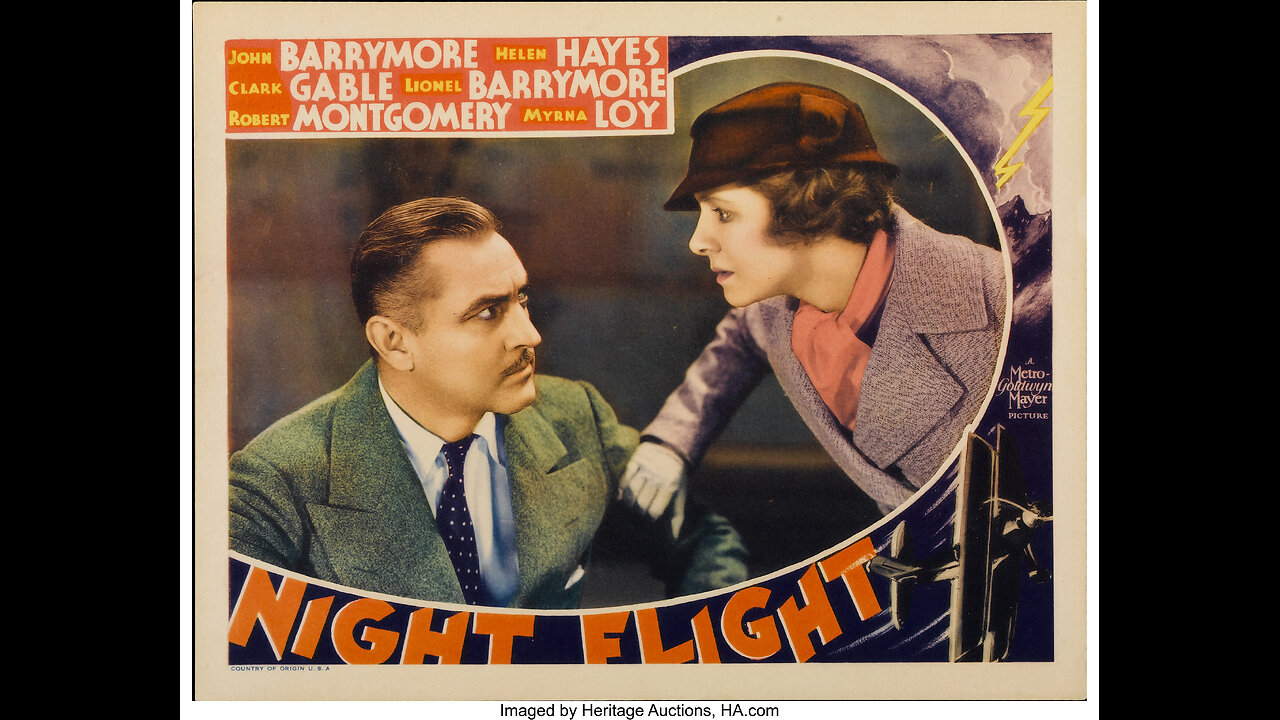
"Night Flight" (1933) John Barrymore, Helen Hayes & Clark Gable
In South America, the daunting mountains and dangerous weather have hampered the operations of Trans-Andean European Air Mail, a 1930s-era airline. Charged with delivering a serum to stem an outbreak of infantile paralysis in Rio de Janeiro, Auguste Pellerin (Robert Montgomery) conquers his fears, but is reprimanded by the airline's stern director, A. Rivière (John Barrymore) for coming in late.
Determined to make the night flight program work, Rivière sends pilot Jules Fabian (Clark Gable) and his wireless operator on another dangerous flight. The pair are caught in a torrential rain storm and when Madame Fabian (Helen Hayes) comes to the headquarters, she realizes that her husband is overdue. The two airmen, flying blind over the ocean, run out of fuel and choose to jump, but drown.
Rivière refuses to quit and orders a Brazilian pilot (William Gargan) to take the mail to Rio, but the pilot's wife (Myrna Loy) pleads with him not to go. Despite the dangers, the night mail is delivered on time. The pilot despairs that his flight only meant that someone in Paris can get a postcard on Tuesday instead of Thursday, but its real value is proven when the serum is also delivered and a child is saved. The mother weeps for joy at her child's bedside, and the scene dissolves to two parachutes floating on the ocean. A ghostly plane appears with Fabian, smiling, at the controls. He soars up into the sky, followed by a host of phantom biplanes; the following words appear on screen: "And such is human courage...that men died...so others might live...and so, at last, man's empire might reach triumphant to the sky!"
•NOTE:
The picture is based on the 1931 novel of the same name, which won the Prix Femina the same year, by French writer and pioneering aviator Antoine de Saint-Exupéry. Based on Saint-Exupéry's personal experiences while flying on South American mail routes, Night Flight recreates a 24-hour period of the operations of a fictional airline based on Aéropostale, Trans-Andean European Air Mail.
In 1942, Night Flight was withdrawn from circulation as a result of a dispute between MGM and Saint Exupéry. Its public re-release had to wait until 2011, when legal obstacles were overcome.
Saint Exupéry's Vol de nuit, based on real-life events in South America, had won the 1931 Prix Femina, one of the main French literary prizes (awarded by a female jury). Prior to this award, he had been little known outside of the literary sphere, but as a result of the prize, received widespread recognition and attention from Hollywood.
Selznick realized that Oliver H. P. Garrett's original treatment was too heavily based on "the ground" and brought in John Monk Saunders, who had worked with him on The Dawn Patrol (1930), to add more flying scenes. Director Clarence Brown was dissatisfied with that version, so Selznick finally called on writer Wells Root to tighten up the final draft. Brown also was interested in an accurate portrayal of aviation, as he had been a World War I pilot. Night Flight utilized both studio and location shooting with the mountainous region around Denver, Colorado, filling in for the South American Andes. The recently retired U.S. Mail Douglas M-4 mail planes were featured as the Trans-Andean European Air Mail's primary aircraft.
Clarence Brown and John Barrymore had a disagreeable relationship during the film's shooting, as Barrymore was imbibing during filming and reading from cue cards. Brown wanted to replace Barrymore, but was not allowed to, being overruled by studio head Louis B. Mayer. Helen Hayes also felt intimidated by Barrymore. When they filmed their scene together, Barrymore refrained from relying on cue cards, because he said that he didn't want to use a crutch in the presence of a real actress. Later, Hayes remarked that Barrymore's explanation was the greatest review that she ever received.
-
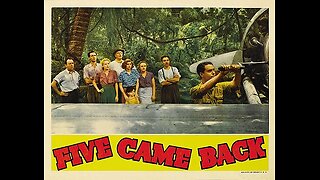 1:15:10
1:15:10
A Warm Pug
1 month ago"5 Came Back" (1939) Chester Morris, Lucille Ball & John Carradine
981 -
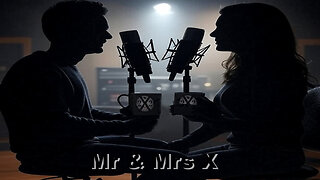 UPCOMING
UPCOMING
X22 Report
1 hour agoAmerica’s Back, Those Who Tried To Destroy American Will Face Justice - Ep 1
5.11K -
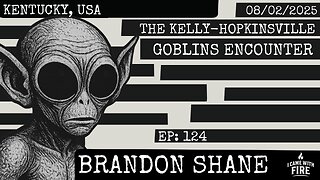 LIVE
LIVE
I_Came_With_Fire_Podcast
9 hours agoThe Kelly-Hopkinsville Goblins Encounter, Synchronicity, & Interdimensionality
1,508 watching -
 LIVE
LIVE
Grant Cardone
4 hours agoReal Estate Interactive
1,687 watching -
 1:10:41
1:10:41
Wendy Bell Radio
7 hours agoPet Talk With The Pet Doc
85.9K9 -
 6:47:22
6:47:22
FyrBorne
7 hours ago🔴Warzone M&K Sniping: Drop In For Battlefield 6 Info From The Event
147K2 -
 29:00
29:00
DeVory Darkins
17 hours ago $20.60 earnedTrump smacks Russia with CHILLING WARNING Cincinnati officials EXPLODE over viral fight
56.3K108 -
 1:12:40
1:12:40
Omar Elattar
19 hours ago71 Mins With A Hollywood Comedian & Dating Expert: #1 Reason Men Can't Find "The One" (4,000 Study)
18.5K4 -
 LIVE
LIVE
BBQPenguin_
7 hours agoTasking & PVP! ALL DAY!
67 watching -
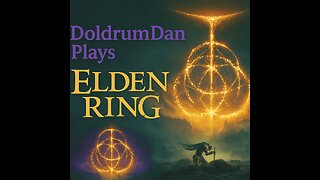 6:08:10
6:08:10
DoldrumDan
7 hours agoNEW PC TEST #2 NIGHTREIGN INTO FIRST TIME SEEING ELDEN RING IN HD
19.6K1